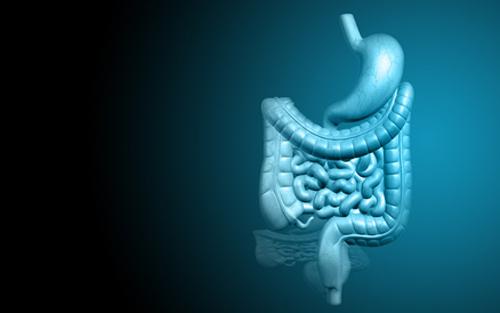 Stages of digestion involves Ingestion – digestion–absorption and elimination.
Ingestion starts from the oral cavity and proceeds through digestion (in stomach), absorption (in small intestine) and finally to elimination.
Stages of digestion involves Ingestion – digestion–absorption and elimination.
Ingestion starts from the oral cavity and proceeds through digestion (in stomach), absorption (in small intestine) and finally to elimination. Digestion is the process of breaking food down into molecules small enough for the body to absorb.
Digestion cleaves macromolecules into their component monomers, which the animal then uses to make its own molecules or as fuel for ATP production. Polysaccharides and disaccharides are split into simple sugars, fats are digested to glycerol and fatty acids, proteins are split into amino acids, and nucleic acids are cleaved into nucleotides.
Stages of digestion:
Digestion of food begins in the mouth (referred as ingestion) by chewing and mechanical fragmentation of food into smaller particles, which are easy to swallow. The presence of food in the oral cavity triggers a nervous reflex that causes the salivary glands to deliver saliva through ducts to the oral cavity. Digestion begins in the oral cavity where food is chewed. Saliva is secreted in large amounts by three pairs of exocrine salivary glands (parotid, submandibular and sublingual) in the oral cavity and is mixed with the chewed food by the tongue. The stomach continues to break food down mechanically and chemically through the churning of the stomach and mixing with enzymes. Absorption occurs in the stomach and gastrointestinal tract. A major function of the colon (large intestine) is to recover water that has entered the alimentary canal as the solvent of the various digestive juices and the process finishes with excretion/elimination. The terminal portion of the colon is called the rectum, where feces are stored until they can be eliminated.